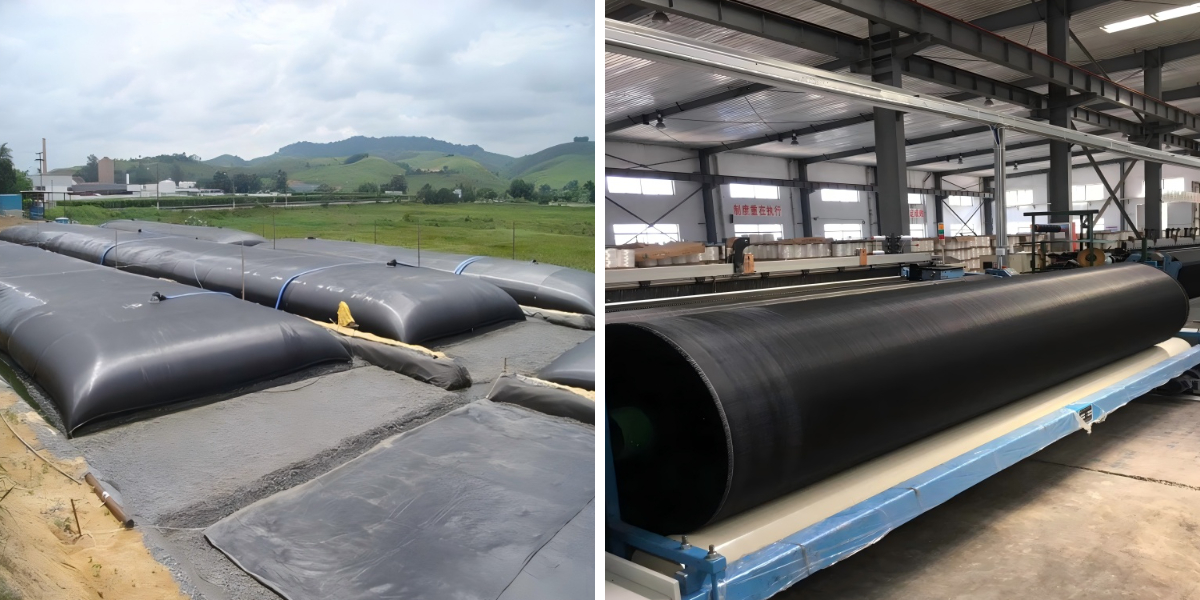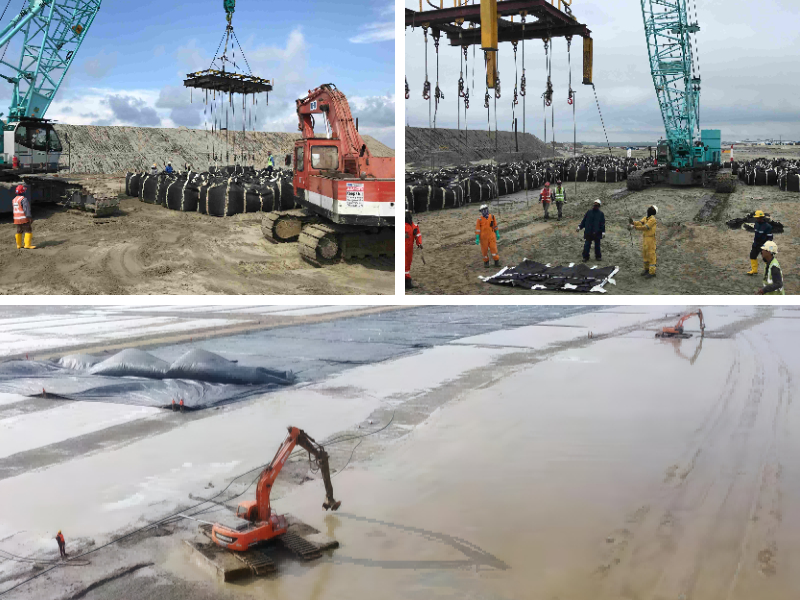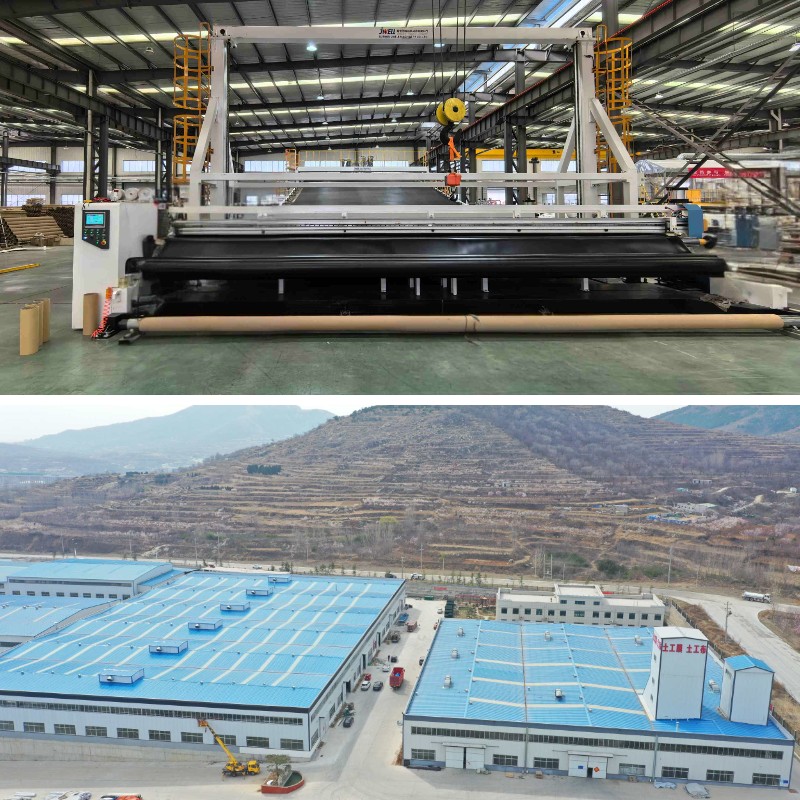Dewatering Bags vs. Traditional Dewatering Methods: Which Saves More Time?
Introduction: The Race Against Time in Sludge Management
Sludge dewatering(https://www.cggeosynthetics.com/geotextile-tube/) is a essential step in construction, environmental cleanup, and industrial waste management. Whether dealing with dredged river mud, construction web site runoff, or industrial sludge, the aim is to separate water from solids efficiently—and time is frequently the most valuable resource. Delays in dewatering can slow project timelines, enlarge labor costs, and even lead to regulatory issues. In this article, we’ll evaluate two famous approaches: modern Dewatering Bags and everyday dewatering methods (such as filter presses or centrifuges) to decide which saves extra time.
What Are Dewatering Bags?
Dewatering Bags are flexible, high-strength containers made from woven geotextile fabrics. Designed to keep sludge while enabling water to drain through microscopic pores, they be counted on gravity and strain to separate beverages from solids. These bags come in greater than a few sizes (from small 100-gallon units to giant 10,000+ gallon containers) and are regularly used in conjunction with geotextile tube structures for larger-scale projects. Their simplicity is key: once stuffed with sludge, they require minimal supervision, letting water drain passively whilst solids consolidate.
What Are Traditional Dewatering Methods?
Traditional methods have been used for many years and include:
Filter Presses: Machines that use hydraulic stress to squeeze water out of sludge trapped between plates.
Centrifuges: High-speed devices that spin sludge to separate liquids via centrifugal force.
Sedimentation Ponds: Large, excavated areas the place sludge settles over time, relying entirely on gravity.
While effective, these methods often comprise complex machinery, tremendous setup, and ongoing maintenance—factors that can devour into project time.
Time Comparison: Dewatering Bags vs. Traditional Methods
1. Setup and Installation Time
Dewatering Bags: Unpacking, positioning, and getting ready Dewatering Bags takes hours, no longer days. They are lightweight and foldable, making transportation easy. On-site, employees without a doubt unfold the bags, anchor them to the floor (if needed), and connect hoses to pump in sludge. Even large-scale duties using geotextile tube structures can be set up in 1–2 days.
Traditional Methods: Filter presses and centrifuges require heavy tools delivery, assembly, and calibration—often taking 3–7 days. Sedimentation ponds want excavation, lining, and grading, which can take weeks, especially in a long way flung or uneven terrain.
Winner: Dewatering Bags(https://www.cggeosynthetics.com/geotextile-tube/). Their minimal setup time outperforms the labor-intensive preparation of normal methods.
2. Processing Speed: From Sludge to Dry Solids
Dewatering Bags: While water drains passively, Dewatering Bags work continuously. For example, a 5,000-gallon bag crammed with dredged sludge can decrease water content with the aid of means of 70–80% in 7–14 days. Because they function 24/7 without information intervention, they avoid downtime.
Traditional Methods: Filter presses and centrifuges manner sludge in batches. A usual filter press would possibly take 1–2 hours per cycle, then require time to unload dry cake and easy plates—cutting into productive hours. Centrifuges are faster however want generic maintenance (e.g., changing wear parts) that halts operations. Sedimentation ponds take weeks to months, relying on sludge volume.
Winner: Dewatering Bags. Their continuous operation and quicker cycle times for small to medium volumes keep critical days.
3. Labor and Operational Time
Dewatering Bags: Once filled, Dewatering Bags want little oversight. Workers can center of interest on other duties whilst water drains. Emptying the dried solids (after dewatering) is simple: reduce the bag open and transport the material.
Traditional Methods: Filter presses and centrifuges demand constant monitoring. Operators have to modify pressure, check for clogs, and dump solids—tasks that tie up labor. Sedimentation ponds require periodic dredging of settled solids, a time-consuming method that often desires heavy machinery.
Winner: Dewatering Bags. Reduced labor demands free up crews to address different challenge phases.
4. Adaptability to Project Scales
Dewatering Bags: Whether handling 10 cubic yards of sludge or 1,000, Dewatering Bags scale easily. Additional bags or larger geotextile tube structures can be deployed in hours, matching task wishes without delays.
Traditional Methods: Scaling up everyday methods is highly-priced and time-consuming. Adding a 2d filter press requires delivery, installation, and training—taking days or weeks. Sedimentation ponds can’t be multiplied quickly barring re-excavation.
Winner: Dewatering Bags. Their flexibility eliminates the downtime of scaling traditional equipment.
When Might Traditional Methods Still Make Sense?
While Dewatering Bags excel in speed, ordinary strategies have area of interest uses. For example, centrifuges are faster for very high-volume, low-solids sludge (e.g., 10,000+ gallons per hour) in industrial settings with everyday oversight. However, for most projects—especially those with tight deadlines—Dewatering Bags are the quicker choice.
Conclusion: Dewatering Bags Save Time (and Money)
In the fighting for efficiency, Dewatering Bags outpace common methods in setup, processing, labor, and scalability. For contractors, environmental teams, and mission managers, this interprets to faster venture completion, lower labor costs, and decreased delays. When time is critical, Dewatering Bags are the clear winner for present day Sludge Dewatering Solutions.
Whether you’re managing a small development site or a large-scale dredging project, choosing dewatering bags can assist you remain on time table and avoid excessive priced downtime.
Contact Us
Company Name: Shandong Chuangwei New Materials Co., LTD
Contact Person :Jaden Sylvan
Contact Number :+86 19305485668
WhatsApp:+86 19305485668
Enterprise Email: cggeosynthetics@gmail.com
Enterprise Address: Entrepreneurship Park, Dayue District, Tai 'an City,
Shandong Province










